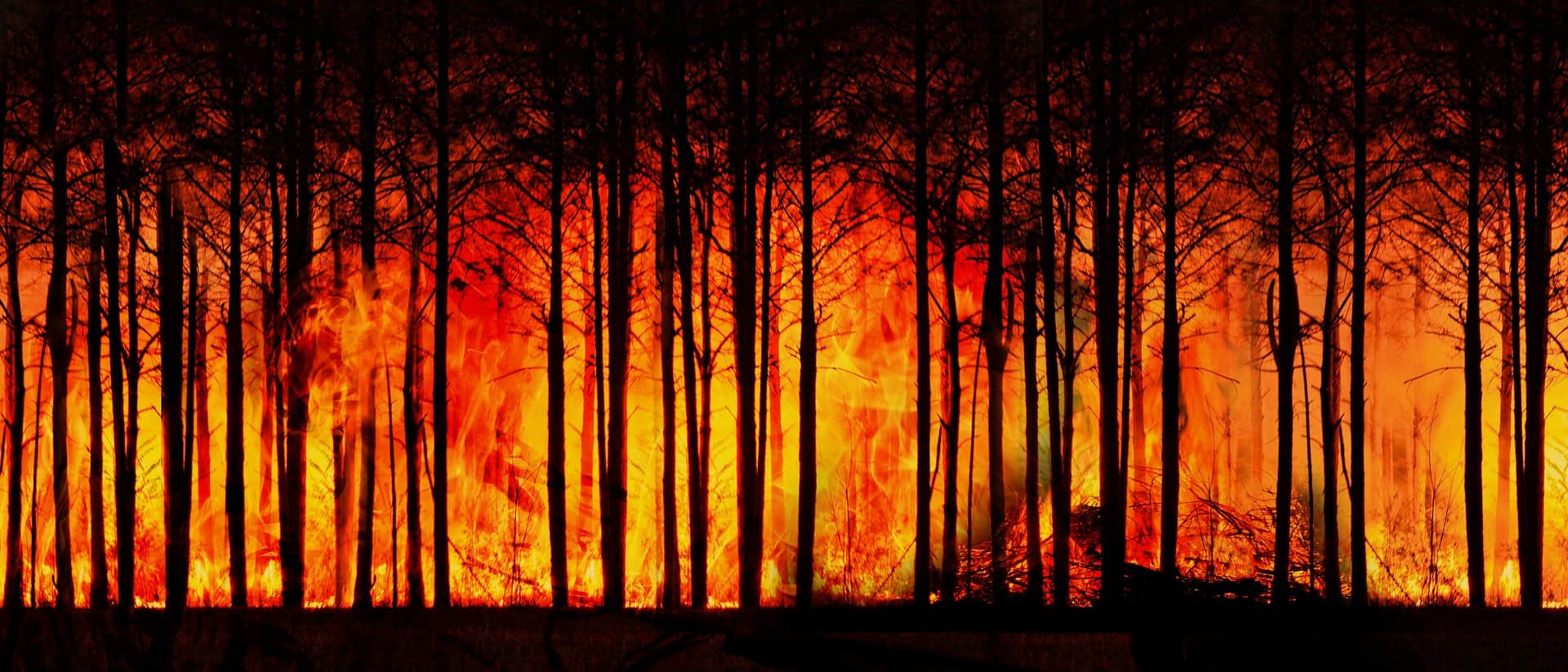
The World Meteorological Organization (WMO) has warned that the combination of heat-trapping greenhouse gases and an El Niño event will likely lead to record global temperatures in the next five years. There is a 98% chance that at least one of these years, and the entire period, will be the warmest on record. The WMO’s report also states a 66% chance of annual average surface temperatures between 2023-2027 being more than 1.5°C above pre-industrial levels for at least one year, temporarily breaching Paris Agreement targets.
El Niño’s impact on global weather patterns
El Niño and La Niña are part of the El Niño Southern Oscillation (ENSO) system, which influences global weather patterns. During El Niño, weaker trade winds cause warm water to spread towards the Americas, resulting in increased global temperatures. On the other hand, La Niña creates stronger trade winds, leading to warm water off Asia and cold water near the Americas, causing a slight decrease in global temperatures. The last three years have experienced cooling effects from La Niña episodes, but with the phenomenon ending in March 2023, the upcoming El Niño will likely cause a surge in global temperatures.
El Niño events can also lead to extreme weather conditions such as droughts, floods, and heatwaves. For example, the 2014-16 El Niño phase caused crop failure and damaged food security for over 60 million people, according to the UN Food and Agricultural Organisation. In addition, El Niño events can reduce fish stocks for South American fishing communities, as less cold water rises and fewer nutrients are available for marine species like squid and salmon.
Record-breaking temperatures and repercussions
With a 98% chance of at least one year between 2023-2027 being the hottest on record, experts are concerned about the far-reaching repercussions of this heat surge. WMO Secretary-General Petteri Taalas warns that the combination of a warming El Niño and human-induced climate change will push global temperatures into “uncharted territory”. This could have significant impacts on health, food security, water management, and the environment.
Higher temperatures can lead to more extreme weather events, sea-level rise, melting ice and glaciers, as well as ocean heat and acidification. Although the WMO report does not indicate a permanent exceedance of the 1.5°C warming level outlined in the Paris Agreement, it warns of temporary breaches occurring with increasing frequency.
Preparing for the heatwave: Early warning systems and resilience
To help prepare for the extreme weather events associated with El Niño, experts will discuss strengthening weather services to support climate change adaptation at the upcoming World Meteorological Congress. One of the main priorities is the Early Warnings for All Initiative, launched by UN Secretary-General Antonio Guterres at COP27 in 2022. This initiative aims to close gaps in early warning systems, especially in developing countries, and link them to policies, communications, and emergency response plans.

Despite the increasing number of extreme weather events, data collected in 2022 revealed that only half of WMO member states have systems in place to inform people and governments of impending hazardous weather. Guterres has called on the WMO to help ensure that every person on Earth is protected by early warning systems within five years. However, resource-poor regions may struggle to adapt in time, raising questions about their resilience to natural hazards.
A future of amplified climate extremes
Climate scientist Daniel Swain from the University of California, Los Angeles, believes there is an increase in extreme El Niño events due to climate change. With a 90% chance of the upcoming El Niño persisting into early 2024, the second half of 2023 or early 2024 may break global temperature records. As Earth’s natural climate cycle and human-caused climate change are not independent, post-El Niño temperatures will remain elevated due to global warming.
As the world braces for the explosive synergy of El Niño and climate change, nations must prioritise preparedness and adapt to the changing climate landscape. With the potential for unprecedented heatwaves, floods, and droughts, it is crucial to invest in early warning systems, bolster emergency response plans, and support vulnerable communities in building resilience to these extreme weather events.








